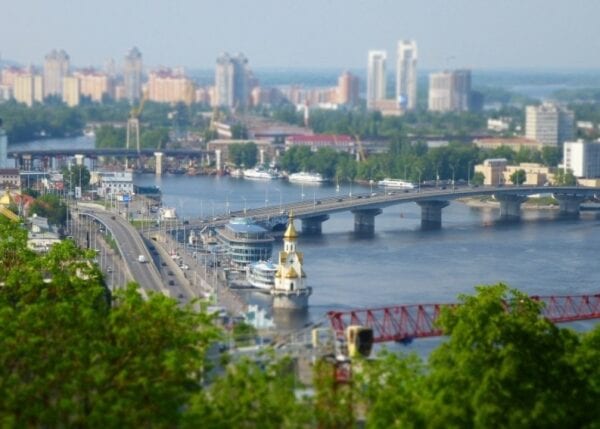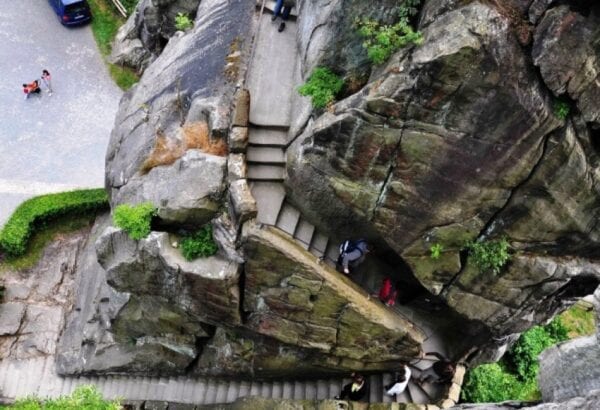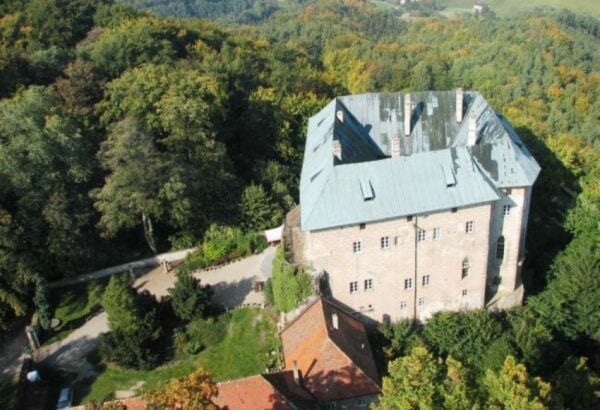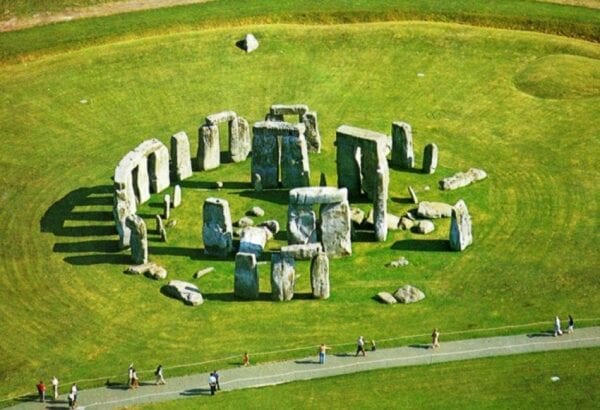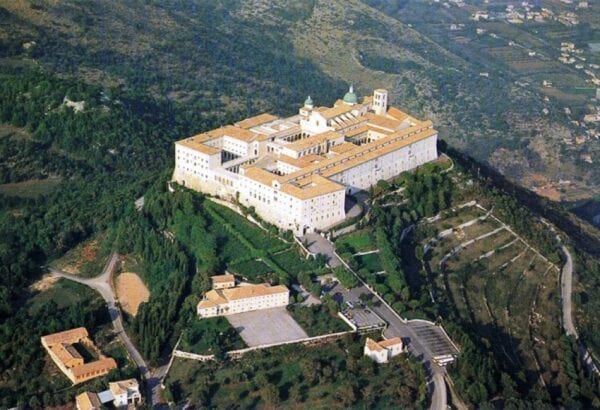 14, Май, 2015
14, Май, 2015Eagle’s Nest Czech Republic — Hluboka nad Vlatovoy
This castle in some tourist guides really called «Eagle’s Nest Czech Republic», because the castle is located on a fairly decent height above Vlatovoy. Cliff, on top of which the castle was built, more than eighty meters.
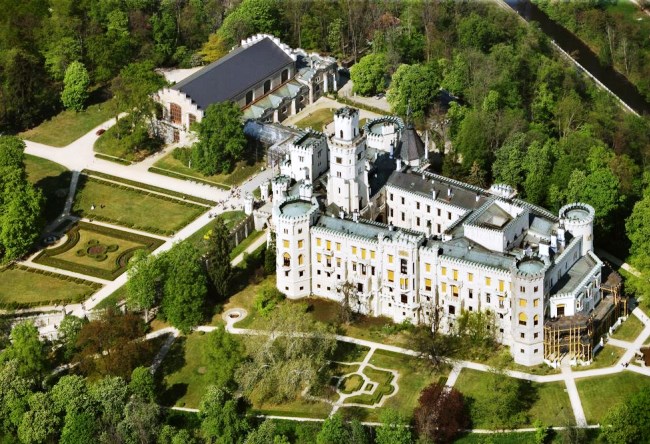
Another no less remarkable moment in the history of Hluboka nad Vltavou is the fact that for the more than five-hundred history it has undergone not only a decent amount of reconstructions and restorations, but also changed about three dozen of their owners. And while this diversity of owners has led to the fact that to date the art is difficult to define the architectural style of this building, but this fact has its positive side, the castle survived until our days just in excellent condition, worthy of the best examples of medieval architecture.
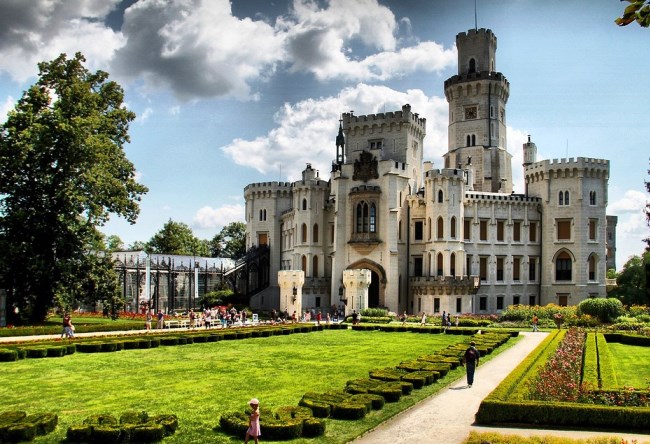
The castle was founded in the middle of the XIII century, when the Czech nobleman from Budejovice bought a small plot of land on a high rock above the Vltava and planned to build a castle in the Gothic style, which at that time was considered the standard architecture. It should be noted that in those years the castle had a slightly different name and was called Castle Frauenberga, after its first owner. And with a pretty good location and good architecture, castle XV century, attracted the king William II of Pernstein that it was finally completed and turned in his capital.
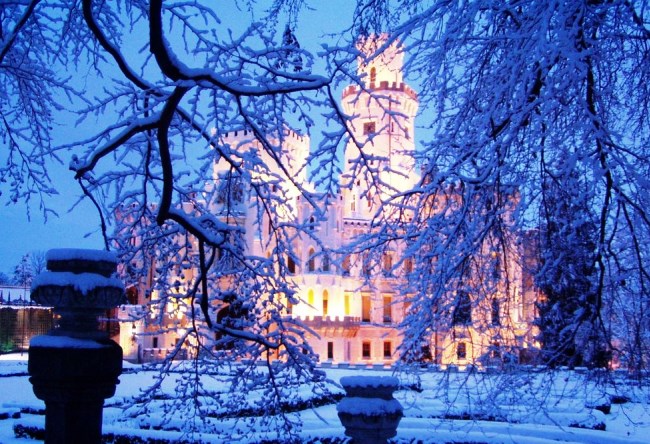
A little later, the castle Hluboka nad Vltavou became the property Gabsburgerov, namely King Ferdinand I. However, this change of owners of the castle is not over. Passing from hand to hand, it significantly changed its appearance, and, ultimately, the Duchess Eleonora Schwarzenberg rebuilt it with the help of the Viennese architect František Taking in the style of «Bohemian Windsor» and held him until 1945.
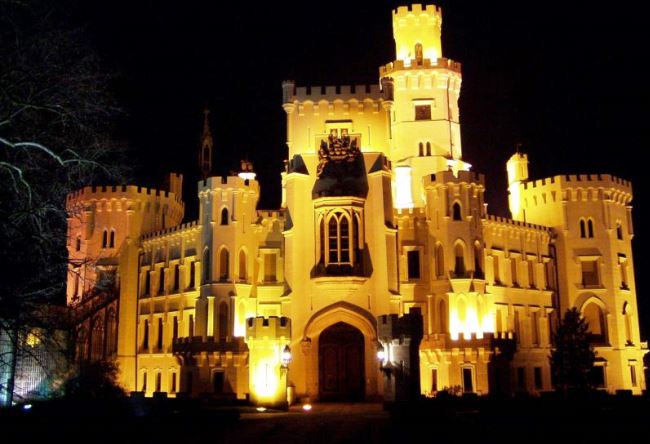
To date, since 1947, the castle Hluboka nad Vltavou owned by the state and is a national treasure of the Czech Republic. So what if fate will bring you to the banks of the Vltava, but do not be lazy and visit this unique monument of medieval architecture.

